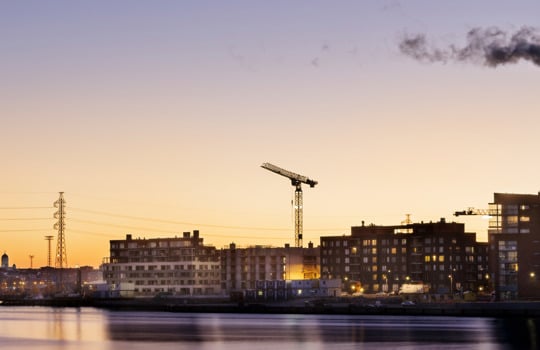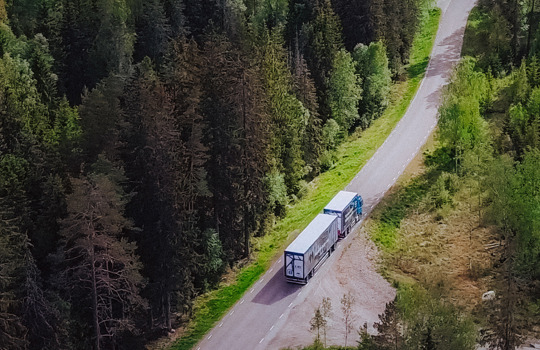Energy thoughts: Is this the last gas storage season with concerns about restocking volumes?
LNG supply is set to increase up to a potential oversupply situation from 2026 onwards. This does not, however, mean that we can wave goodbye to storing gas for a rainy day.
The supply–demand balance in the European gas market has changed dramatically since Russia started the war against Ukraine. Pipeline deliveries from Russia have been replaced by increased supplies of LNG.
In general, the European energy market is still heavily dependent on gas, either as LNG deliveries or as pipeline supplies to the region. This is not going to change within this decade, regardless of the heightened energy transition efforts towards carbon neutrality.
European natural gas prices have held stable near €30/MWh as traders assess the region’s supply outlook and restock fuel ahead of the next heating season. Market players are weighing the current concerns about geopolitical risks and competition from other global buyers, even as Europe is generally considered to be on stable footing.
The European economy is not in its strongest shape and gas demand has not recovered back to the levels experienced prior to the Covid crisis. This trend is not expected to be changing anytime soon, therefore the need for urgent storage rebuild is going to remain subdued.
LNG prices to stay lower for longer
According to our estimates, 2024/25 is going to be the last potentially tricky winter from an LNG supply perspective, before a new surge of LNG supply comes onstream during 2025–2028, mostly from the USA and Qatar. We expect the LNG market to flip into significant oversupply from 2026 onwards, which will potentially last until the end of this decade.
LNG production is increasing so much that gas prices could trade below 15 EUR/MWh for several years, also during the winter season, creating a situation where gas stays lower for longer. The combination of availability of LNG and the matching receiving terminal capacity in Europe could remove the summer–winter spread almost completely.
Gas prices could remain volatile and potentially significantly rise this upcoming winter, notably if Russian pipeline gas flows via Ukraine stop and Russian LNG is sanctioned. At this point in time, it seems unlikely that the pipeline gas transit agreement between Ukraine and Russia would continue after the current contract expires on 31 December 2024.
"With all these good news, why should we worry? Unfortunately, the geopolitical situation is very gloomy."
For now, higher pipeline gas flows from Norway are helping to keep a lid on prices, as is stronger renewable power generation. If geopolitical risks subside, we should see a minor downturn in gas prices in summer.
LNG demand is also projected to decline sharply later this decade under the REPowerEU regulation. The gas-dependent European energy market is scratching its head in a race to meet net-zero deadlines set in REPowerEU.
The closures of more polluting coal and lignite fueled power plants are moving ahead according to plan. Current LNG production capacity increases are also moving forward to support the ambitious climate targets. Investments into renewable power production capacity of wind and solar are providing a tailwind for Europe to reach its targets. Biomethane production is growing and hydrogen projects are starting to materialize, which will provide additional solutions to the energy transition challenge.
Security of supply needs to be taken seriously
With all these good news, why should we worry? Unfortunately, the geopolitical situation is very gloomy. There are no signs that Russia’s brutal invasion of Ukraine will stop anytime soon. The crisis in the Middle East is still on-going and could escalate even further on short notice.
With these issues in mind, finding a solid ground on supply–demand balance is difficult. Even though the gas market in Europe looks to be oversupplied from 2026 onwards, history has shown us that it’s better to be safe than sorry.
We are talking about European security of energy supply and it’s nothing to be taken lightly. We need to continue our daily work towards a carbon neutral future, but at the same time, stay focused on solutions that we have available today.
The energy transition is a journey, not a sudden leap through a time-machine. We need to restock gas storages also during the next decade, maybe in due course with green hydrogen. But until then, natural gas will do fine.



